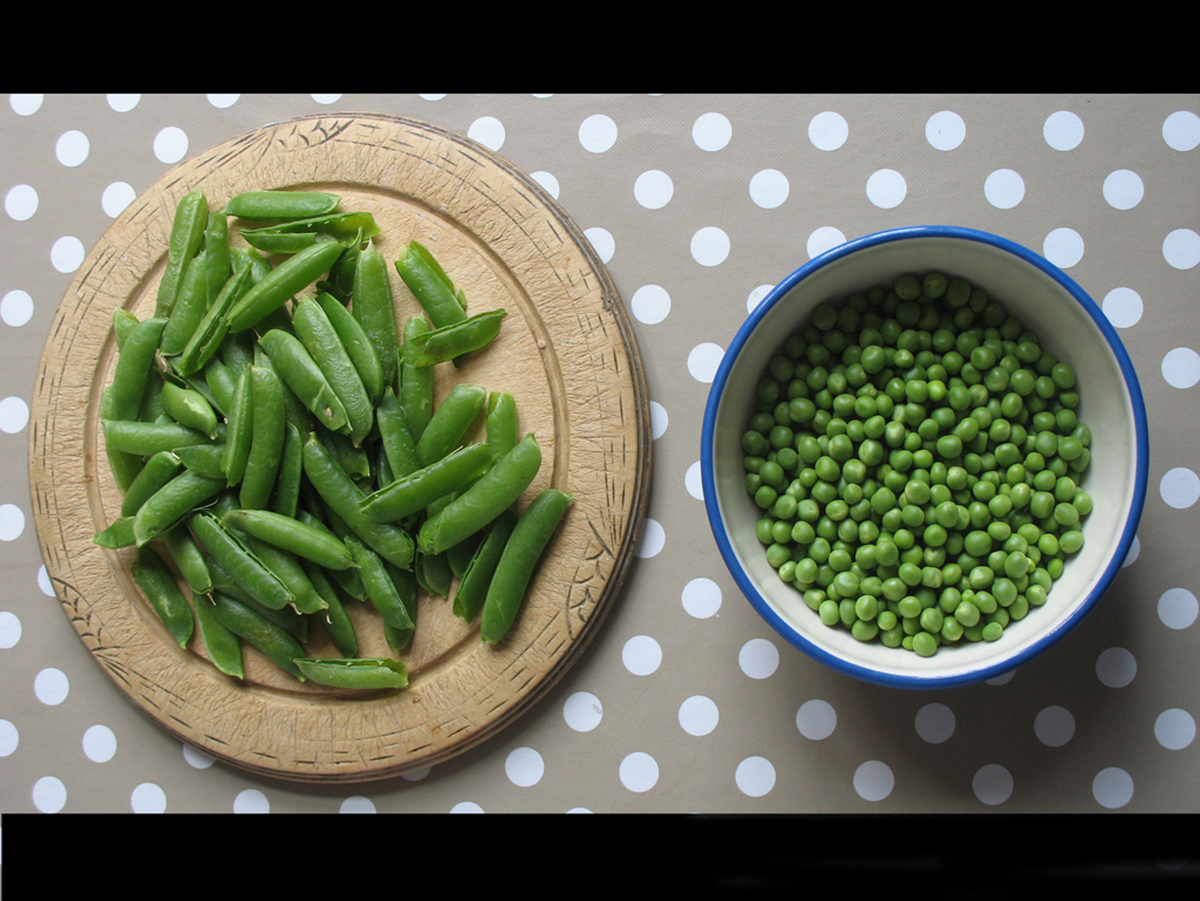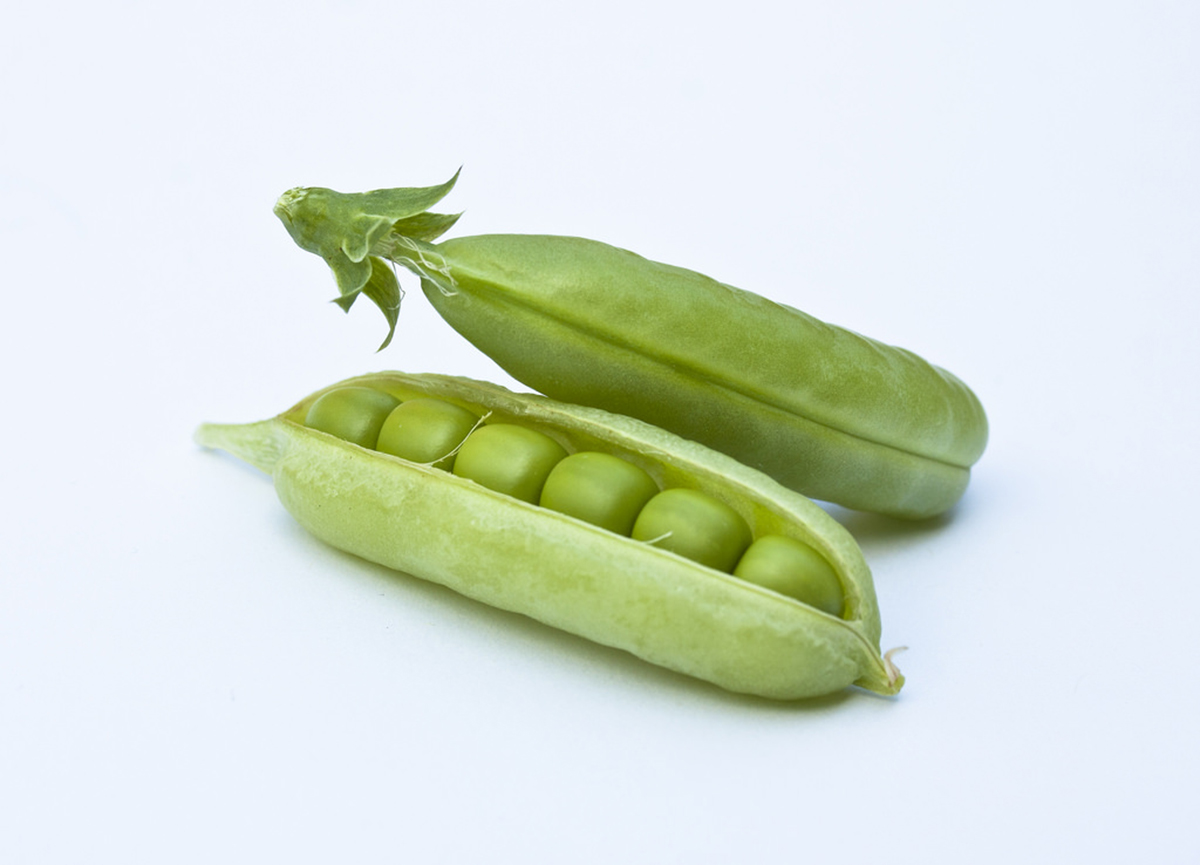Pea protein is gaining popularity as consumers are buying foods that are “back to the basics” meaning the food consumption trend is shifting back toward eating whole foods, plant-based foods, and vegetarian or vegan friendly products. If you are ready for a plant-based protein in your life, you should consider pea protein. It’s exceptionally healthy and you can still make those gains in the gym with plant protein.
How Is Pea Protein Made?
The process of making pea protein starts with yellow split peas. These little legumes are dried out and ground into powder. From there, the soluble protein is extracted and packaged as a healthy protein supplement.
DIY Idea- You can even make and customize your own pea protein powder. Check out wikiHow! You can find the link at the end of the article.

Make Gains Without Animal Products
You may be wondering, “Can I still make gains in the gym with veggie protein?”
The answer is a resounding YES!
Maybe you are looking for a new protein source or maybe you are vegetarian or vegan. Either way pea protein allows you to consume protein that is not animal-based. It is non-dairy, non-GMO, and gluten-free, making is a very clean and powerful vegetable protein source.
Many plant based proteins have been ignored by serious lifters because they only contain 10-15 grams of protein per scoop. Pea protein is different. It stands out with a whopping 25 grams of protein in each scoop which is comparable to any whey.
Complete Protein Or Not? That Is The Concern…
Another argument serious lifters make against plant-protein is that it’s not “complete.”
Isolated pea proteins are considered “complete” because they do contain the spectrum of essential amino acids, or those that the body can’t produce. However, pea protein is low in certain amino acids, namely cysteine. It also lacks essential fatty acids that you get from nuts and seafood.
As long as you are not using pea protein as your only source of protein, you don’t have to worry, you are still getting a great protein.
READ Protein Shakes: Are They Safe and What Are The Benefits?
Lactose Intolerant Or Allergic To Dairy? – No Fear, Pea Protein Is Here
According to the U.S. National Library of Medicine,
"Approximately 65 percent of the human population has a reduced ability to digest lactose after infancy."
With well over half the population experiencing difficulty with digesting lactose, the search has been on to find a superior plant protein. Peas are it!
Are you allergic to dairy?
Less than 1% of the adult population actually has milk allergens. There is a difference in being lactose intolerant and having an allergen. Allergens can be life threatening. However, if you are allergic to dairy, no fear! You can consume pea protein because it is plant-based, not dairy-based.
READ Could You Be Lactose Intolerant?
Other Perks Peas Provide (Say That Fast 3 Times):
- Vegan and vegetarian friendly protein
- Pea protein may help with weight loss due to the fact that is lowers ghrelin levels, aka the “hunger hormone”
- It’s hypoallergenic, cholesterol free, and fat free
- It’s high in branched-chained amino acids, or BCAAs
- It does not provoke flatulence like some proteins do – That’s right, no protein farts
- Pea protein is easily digested
How To Use Pea Protein
Does It Taste Like Peas???
Pea protein powder is versatile in the kitchen much like other protein powders. If you are worried about it making your shakes and baked goods taste like peas, I’m here to assure you it won’t.
Make Gains Cooking With Pea Protein!
You may find that you like cooking with pea protein because your baked goods will be very moist. Your protein pancakes, breakfast muffins, and healthy cakes will not take on a dry, thick, or rubbery texture as they tend to do with whey protein. This is because when you add any liquid to pea protein it absorbs the moisture and does not become clumped or sticky. It’s super soluble.

Earlier we talked about pea protein being considered “incomplete” due to its lack of the amino acid cysteine. You can “complete” pea protein by adding certain foods into your recipes.
Here are foods high in cysteine:
- Eggs
- Cheese
- Milk
- Oats
- Wheat germ
- Bran
- Rice bran
- Wheat bran
- Oatmeal
- Oat bran
- Yogurt
- Seeds and nuts
- Flaxseeds
- Pumpkin seeds
- Pistachio nuts
- Chia seeds
- Sesame seeds
- Pine nuts
Muscle Building Pea Protein Shakes
Pea protein powder is readily available online. If you want to start small, you may consider purchasing a small tub of protein or a 6-pack of any pre-made shakes.
READ Five Groups of Vegan and Vegetarian High-Protein Foods
You will find that pea protein is low in calories, low in fat, and has a considerable amount of protein, usually 25-29 grams per scoop. That is why it reigns as king of plant-based protein.
You will also find that pea protein keeps you feel full for a longer period of time because it is a slow-digesting protein. Using a pea protein shake as a snack can help you stave off cravings throughout the day since your body reads as “full” for a longer time intervals.
Make Your Own Smoothies
If you love meal-replacement smoothies, you could try this Almond Chia Smoothie that I enjoy from Naked Nutrition:
Almond Chia Smoothie:
- 1 frozen banana
- 1 tbs of almond butter
- 1 tbs of chia seeds
- ¾ cup of almond milk (consider using sweetened vanilla for optimal taste)
- 1 scoop of pea protein
- Ice to taste
Keep in mind that certain foods pair well with pea protein including:
- medjool dates
- banana
- dark chocolate
- berries and cherries (use frozen for blending)
- coconut
- mocha
- nut butters
When creating your own muscle-building shakes, you should consider adding the above foods to make the best tasting shakes.
READ Cooking with Protein Powder
Conclusion:
It has been revealed…..Pea Protein is The King of Plant-Based Proteins!
If you haven’t considered pea protein before, maybe you will now. You might find it to be your go-to protein source for cooking since it helps eliminate certain food textures. Maybe this is the answer you have been looking for if you have food allergies or intolerances and still want to maintain a healthy protein source in your diet. No matter how you use it, it’s a great addition for your plant-rich diet!
- Lactose intolerance - Genetics Home Reference. (2016, September 28). Retrieved October 03, 2016, from https://ghr.nlm.nih.gov/condition/lactose-intolerance
- Photo courtesy of hills_alive: www.flickr.com/photos/hills_alive/4807243411/
- Photo courtesy of calliope: www.flickr.com/photos/calliope/14534766085/
- Photo courtesy of hills_alive: www.flickr.com/photos/hills_alive/4807243411/
- Make Your Own Pea Protein - http://www.wikihow.com/Make-Pea-Protein-Powder
- Almond Chia (pea protein smoothie) - http://blog.nkdnutrition.com/best-pea-protein-smoothie-recipes/


Your thoughts on this